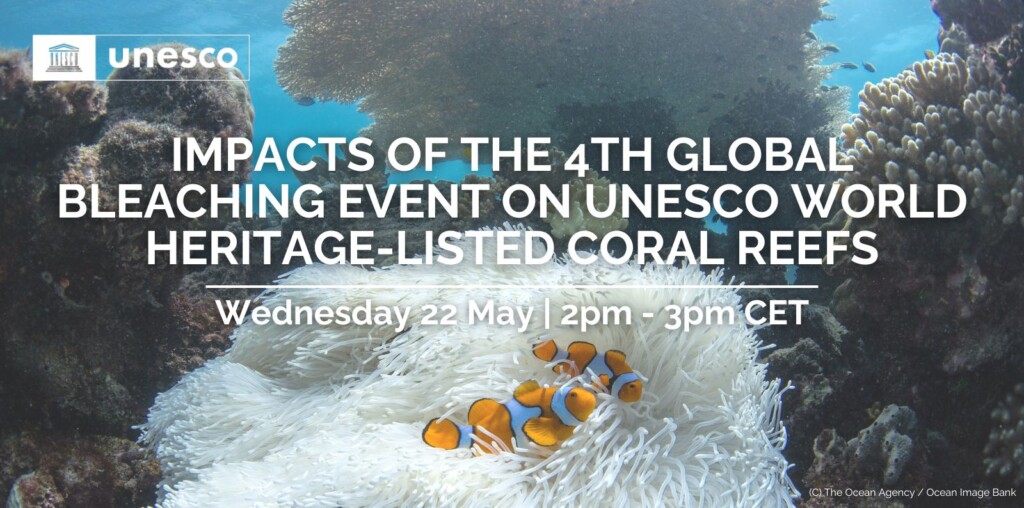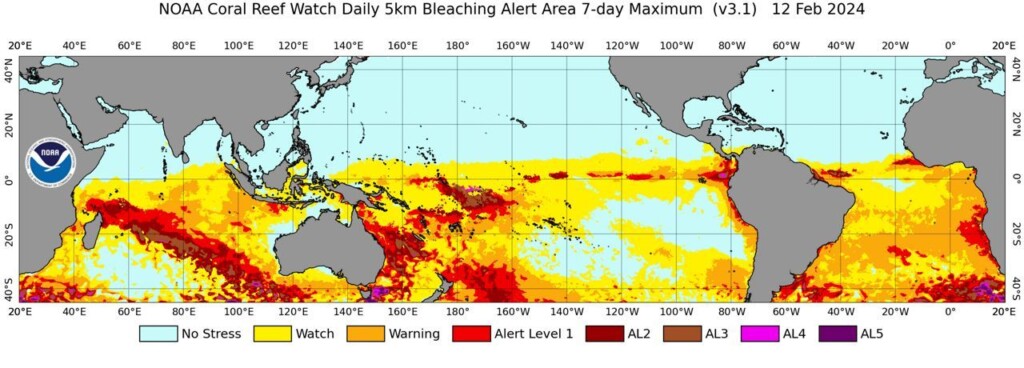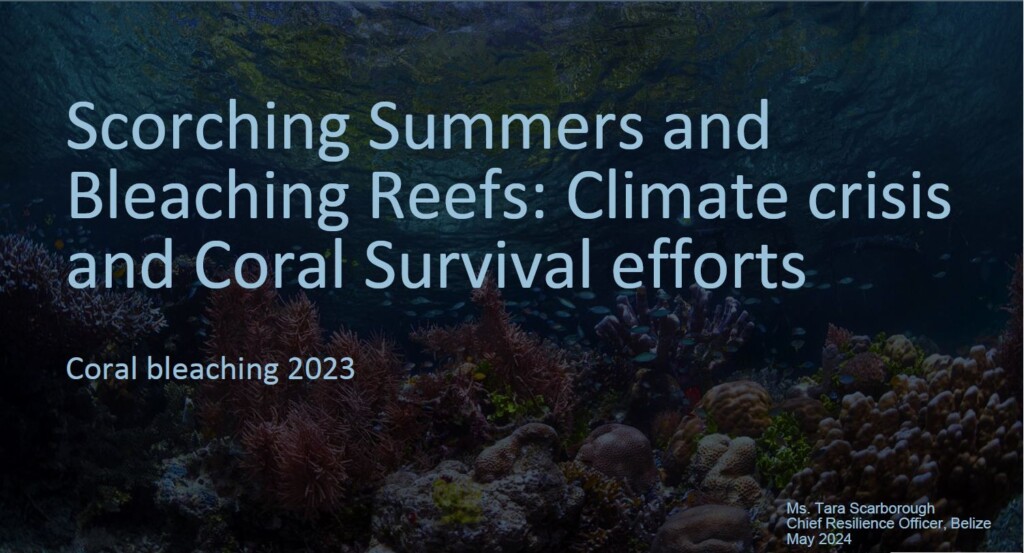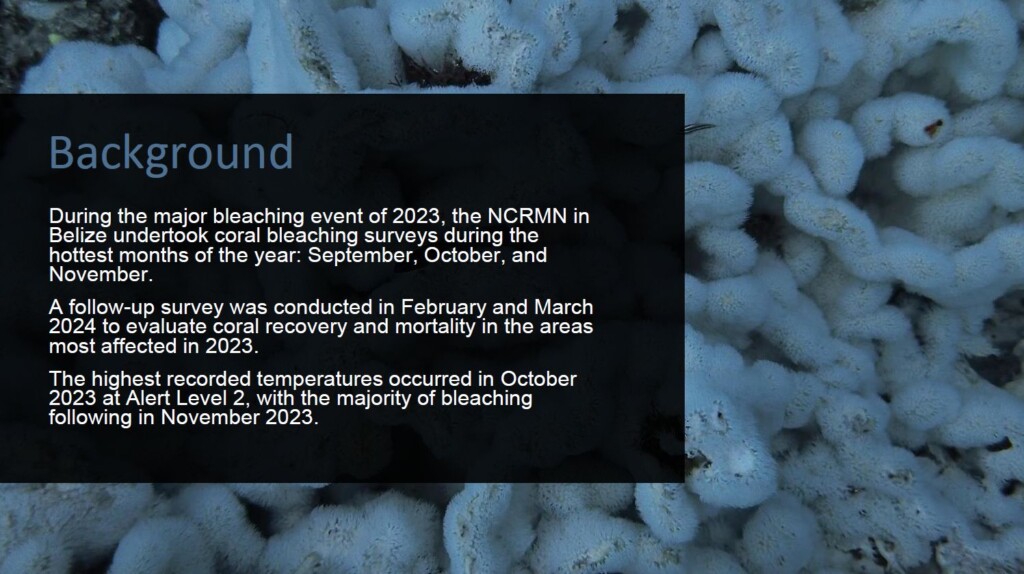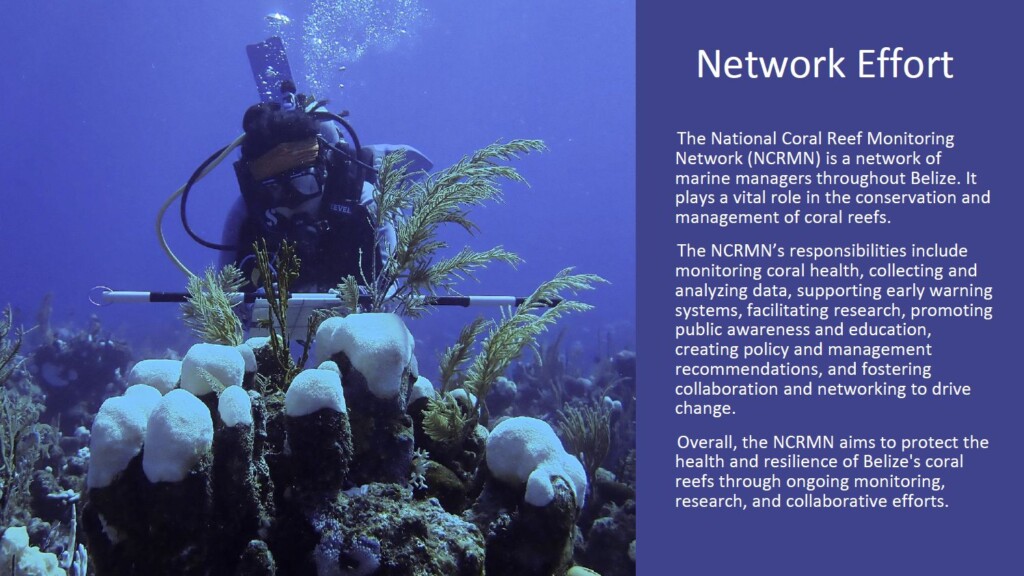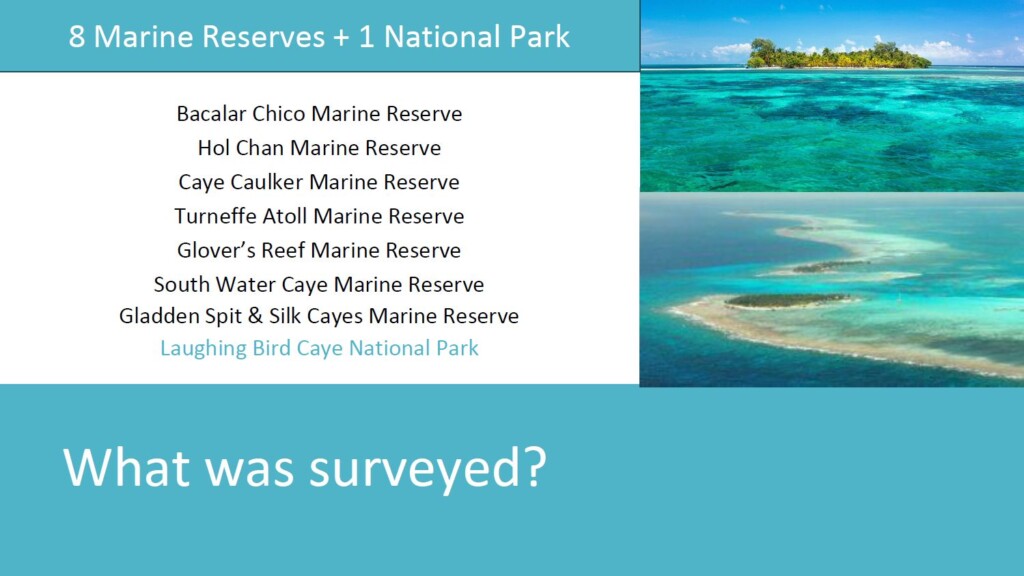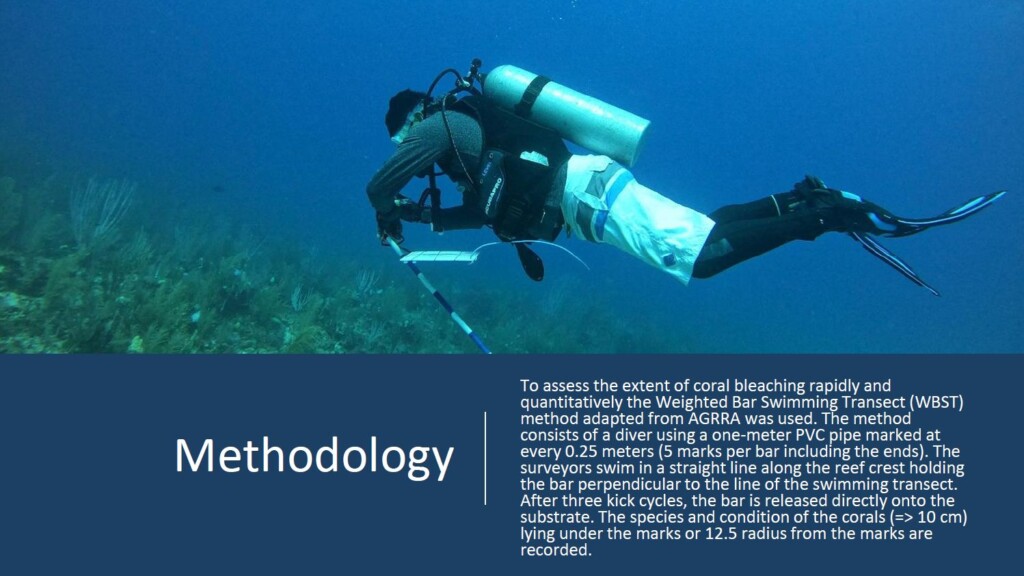On May 22, 2024, UNESCO hosted a webinar titled “Impacts of the 4th Global Bleaching Event on UNESCO World Heritage-listed Coral Reefs.”
This exclusive online event focused on the recent confirmation of the 4th Global Bleaching Event by NOAA and the International Coral Reef Initiative (ICRI). This phenomenon, which began in February 2023, is estimated to have already affected approximately 30% of UNESCO World Heritage-listed coral reefs.
The webinar aimed to share experiences related to the ongoing bleaching event and to receive insights on future regional forecasts from NOAA scientists.
NOAA’s Coral Reef Watch has now added new categories to their Bleaching Alert Levels.
Each new level provides a different perspective on the impacts experienced by parts of the reef ecosystem.
Bleaching Alert Level 3 warns users of a risk of death for multiple species within the reef zone.
Alert Level 4 escalates this warning, indicating a risk of severe multi-species mortality.
Alert Level 5, the highest on the scale, signals a risk of near-total mortality of a coral ecosystem, with over 80% of all coral in the reef being lost.
The scale will rely heavily on NOAA’s Degree Heating Weeks (DHW) index. This metric tracks how long a specific part of the ocean has remained above a certain bleaching threshold. The longer the threshold is met, the higher the DHW, which can increase the Bleaching Alert Level.
Look out for them and learn about them!
During the meeting, the CRO presented a status report on the National Coral Reef Monitoring Network (NCRMN) coral bleaching project, which was conducted from September to November 2023 and concluded in March 2024.
A newsletter with the results of this project will be released soon!

